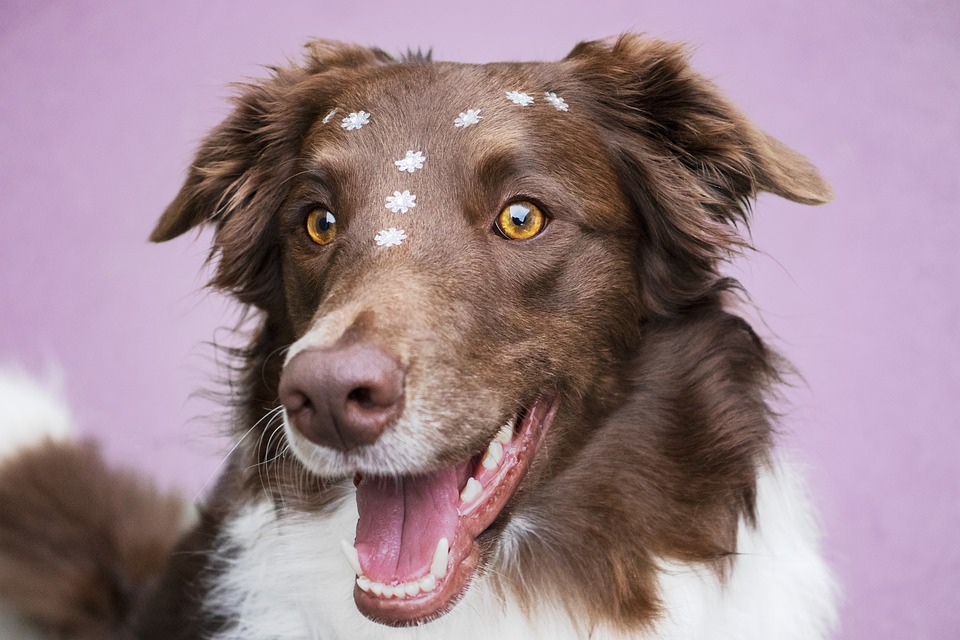Unlocking the Secret of Silent Paws
Do you often find yourself wishing your furry friend could move stealthily like a ninja? Teaching your dog to sneak or move quietly on command can be a fascinating and fun skill to develop. Not only does it showcase your dog’s intelligence and adaptability, but it can also be a practical command in various situations. In this article, we will explore effective techniques to train your dog to become a silent and sneaky companion.
Understanding the Importance of Teaching Dogs to Sneak
Before we delve into the training process, let’s understand the significance of teaching dogs to sneak:
1. Safety and Control: A dog that can silently move on command enables better control in potentially dangerous situations, such as encounters with wildlife or when exploring unfamiliar places.
2. Agility and Balance: Sneaking requires dogs to have good coordination, balance, and body awareness, leading to improved overall agility.
3. Bonding and Mental Stimulation: Training your dog to sneak strengthens the bond between you and your furry friend. It also provides mental stimulation, keeping your dog engaged and mentally sharp.
Step-by-Step Guide to Teaching Dogs to Sneak
Now that we grasp the benefits, let’s dive into the step-by-step process of training your dog to move quietly:
1. Start with Basic Obedience: Before teaching your dog to sneak, ensure they have a solid foundation in basic obedience commands such as “sit,” “stay,” and “come.” This establishes a framework for further training.
2. Introduce the “Quiet” Command: Choose a specific word or phrase, such as “sneak” or “quiet,” to associate with the desired behavior of moving silently. Use this command consistently throughout the training process.
3. Reward-Based Training: Positive reinforcement is key to successful dog training. Begin by rewarding your dog for demonstrating any attempt to move quietly, even if it’s just a small improvement. Use treats, praise, and petting to encourage the desired behavior.
4. Practice in Controlled Environments: Start training in a quiet and familiar indoor space with minimal distractions. Gradually introduce more challenging environments, such as your backyard or a nearby park, once your dog becomes comfortable with the command.
5. Focus on Body Awareness: Dogs must learn to control their body movements to sneak effectively. Use obstacles like cones or low hurdles to encourage your dog to step over or around objects quietly.
6. Slow and Steady: Encourage your dog to take slow, deliberate steps while sneaking. Reward them for maintaining a slow pace, gradually increasing the distance they can cover while remaining quiet.
7. Add Verbal and Visual Cues: As your dog becomes proficient in sneaking, introduce additional cues such as hand signals or whispers to enhance their understanding of the command.
8. Generalize the Command: Practice sneaking in various contexts and environments to ensure your dog can perform the command reliably regardless of the situation.
FAQs about Teaching Dogs to Sneak
Q: Can all dog breeds learn to sneak?
A: Yes, all breeds can learn to sneak. However, the ease of training may vary depending on the individual dog’s temperament and physical abilities.
Q: How long does it take to train a dog to sneak?
A: Training duration varies from dog to dog. Some dogs may grasp the concept quickly, while others may require more time and patience. Consistency and positive reinforcement are vital for successful training.
Q: Can I teach an older dog to sneak?
A: Absolutely! Dogs of any age can learn new tricks. However, older dogs might require additional time and repetitions compared to younger ones.
Q: Are there any potential risks associated with teaching dogs to sneak?
A: When trained responsibly, there are no significant risks associated with teaching dogs to sneak. However, always ensure your dog’s safety by avoiding potentially dangerous or slippery surfaces.
Conclusion
Teaching your dog to sneak is an exciting and rewarding endeavor that enhances their obedience and agility. Remember to be patient, consistent, and focus on positive reinforcement throughout the training process. By following the step-by-step guide outlined in this article, you’ll soon witness your furry friend transform into a stealthy companion, ready to conquer any mission with silent paws.









